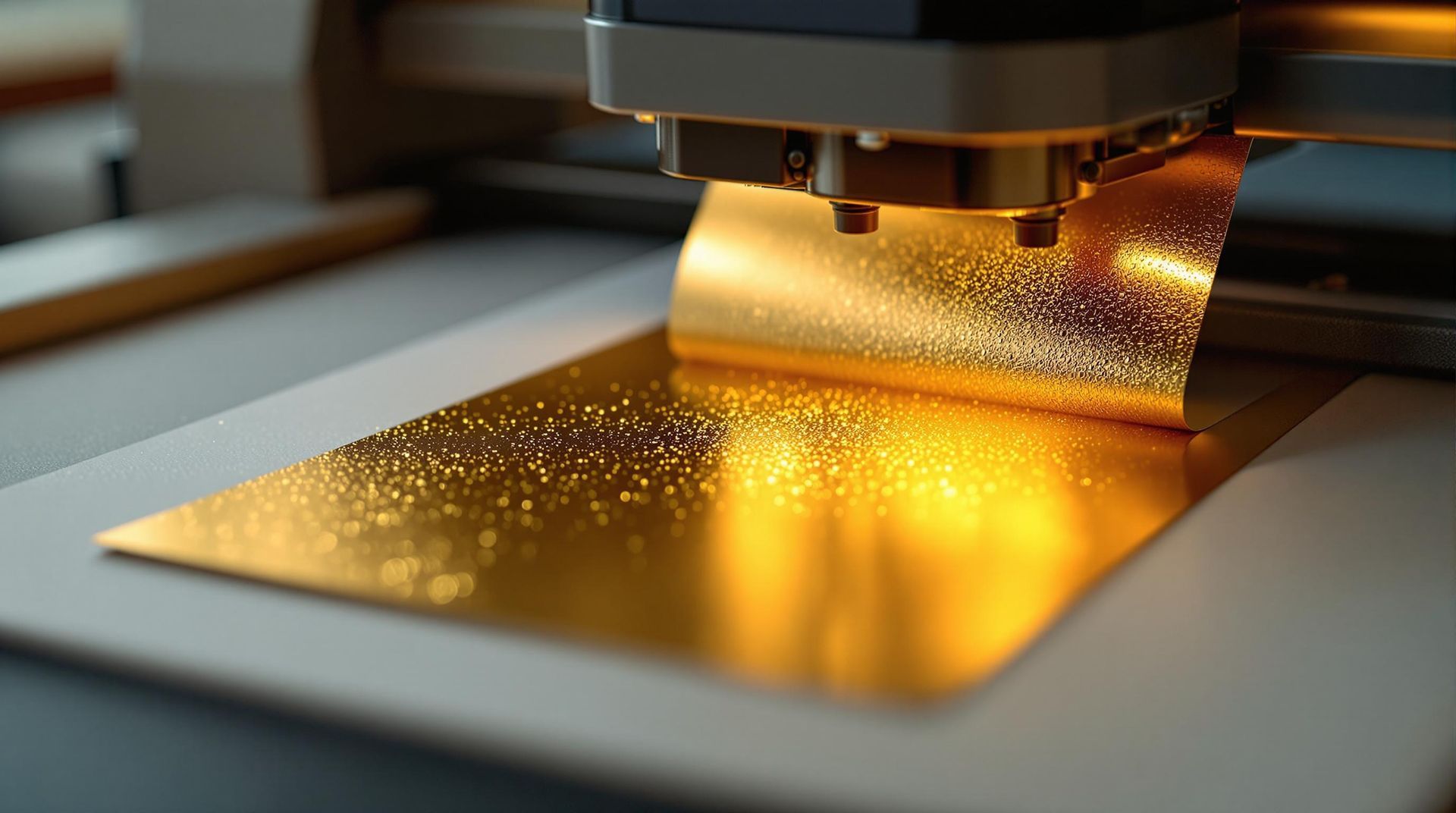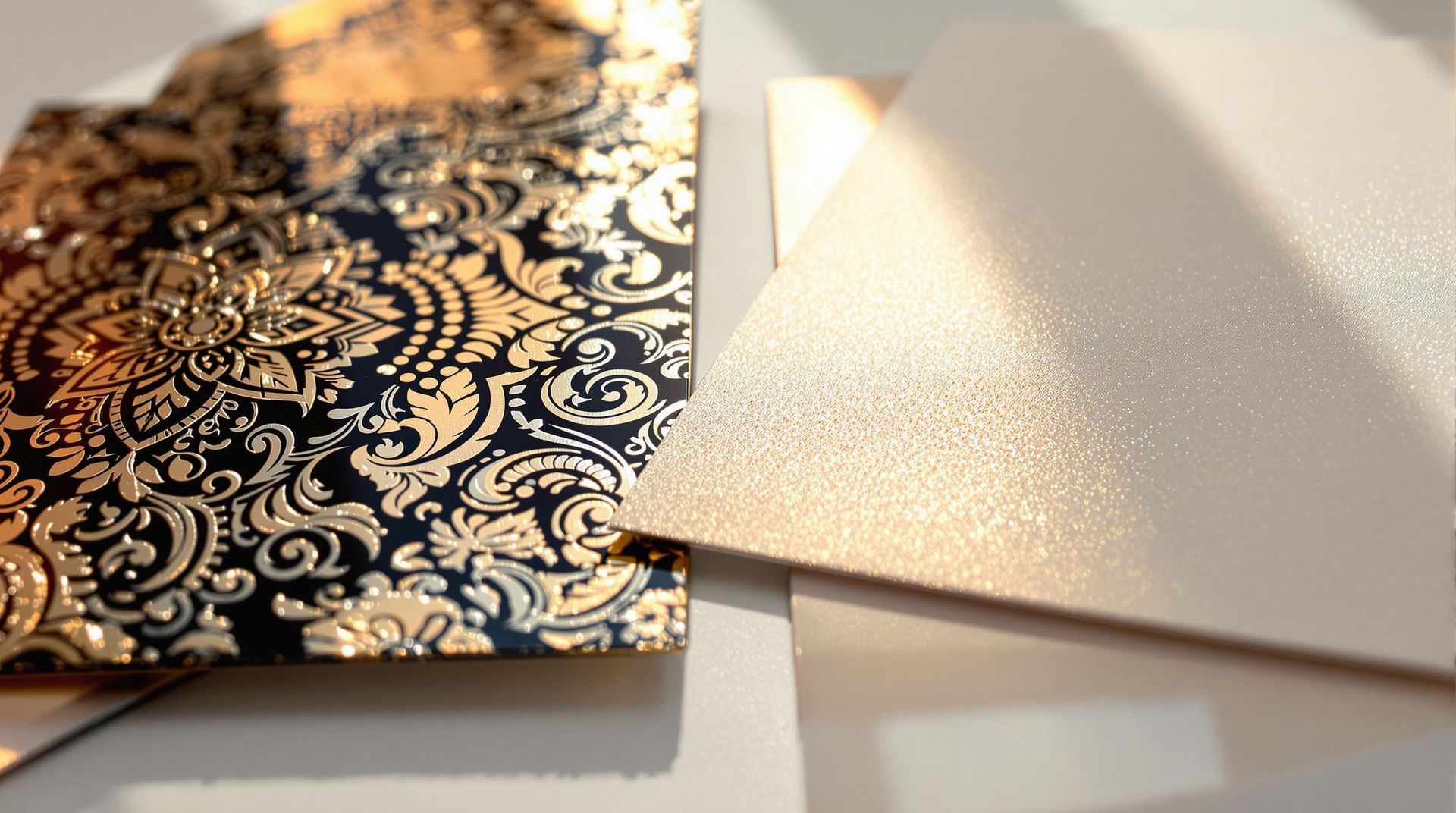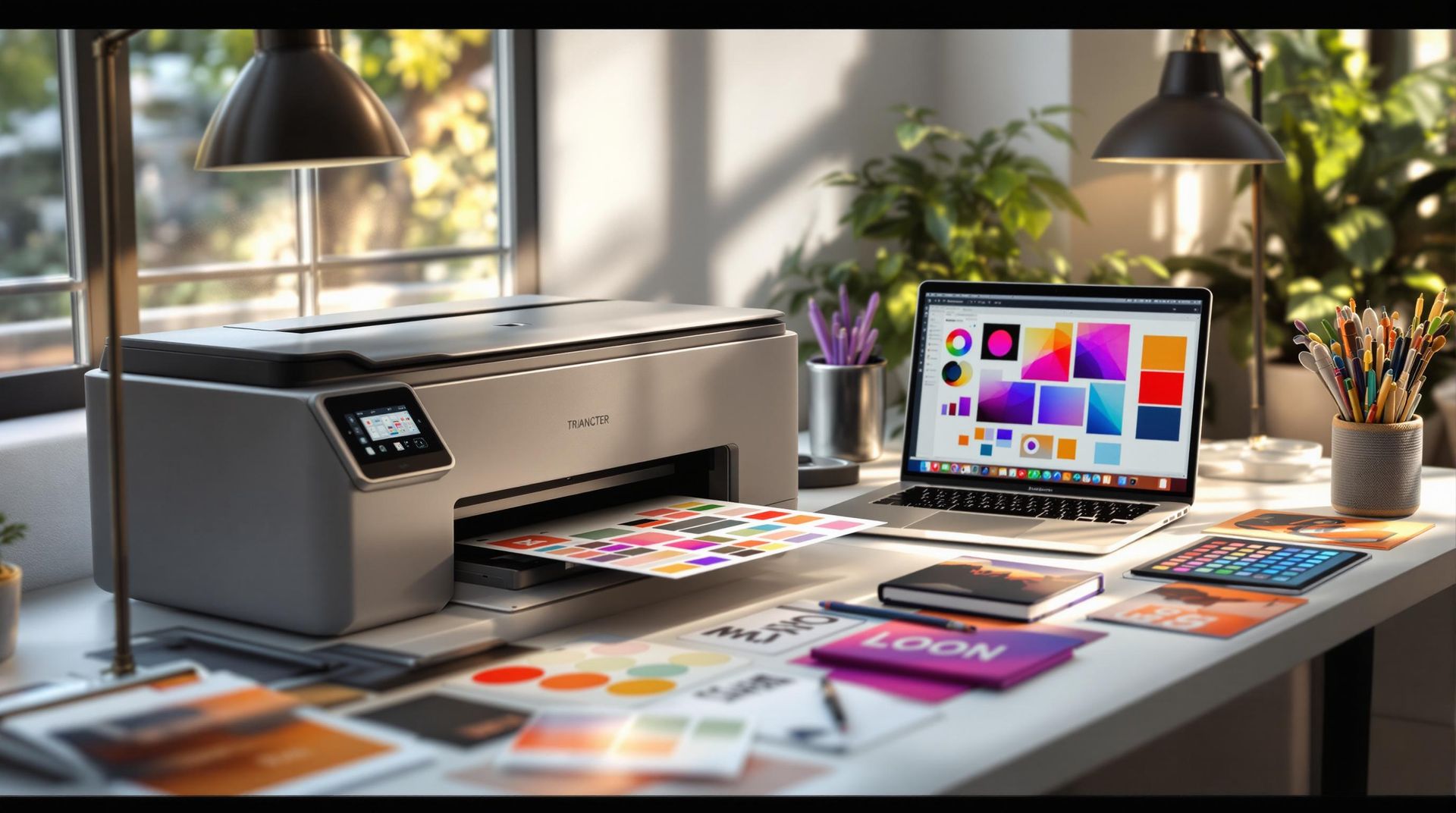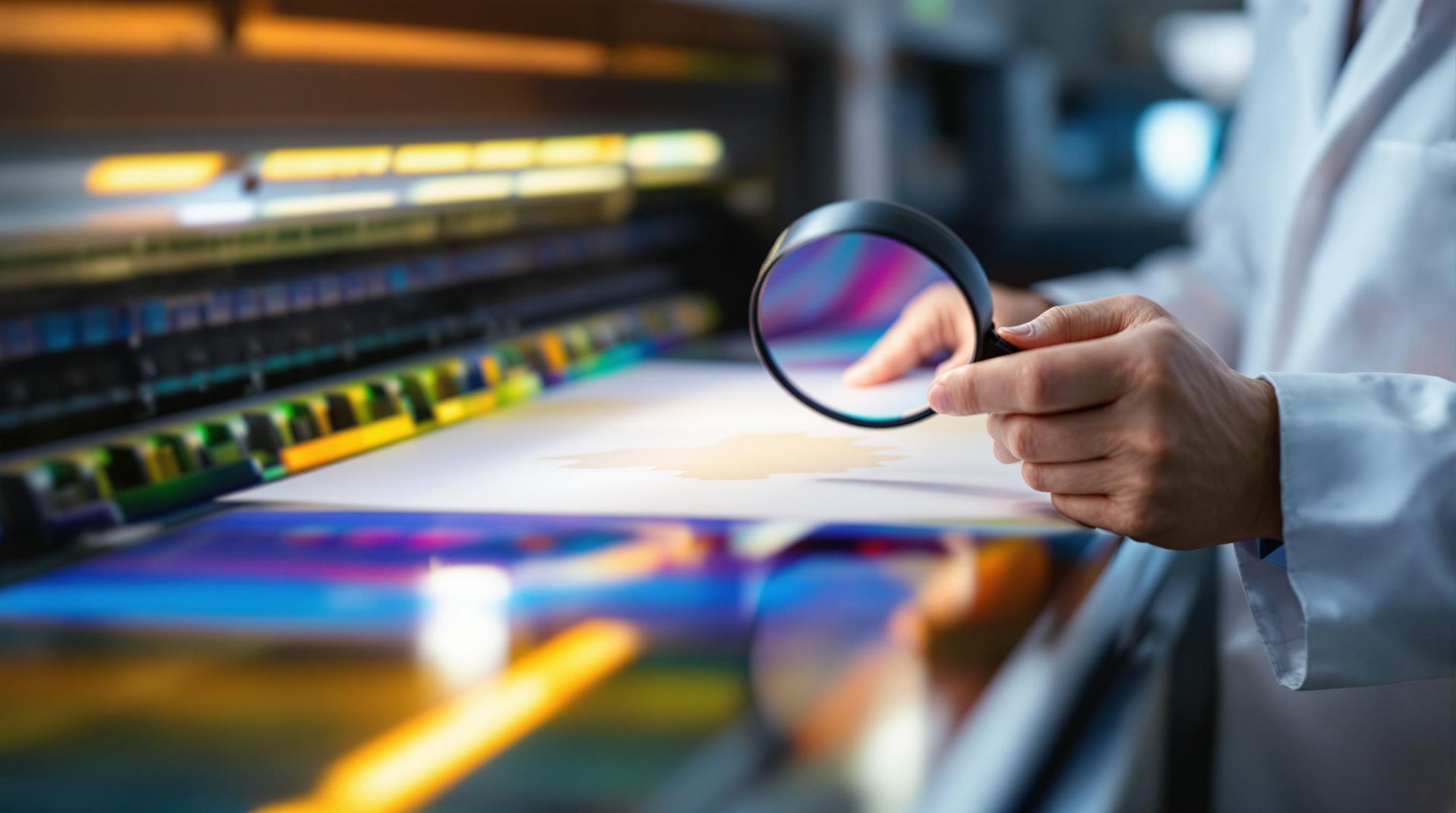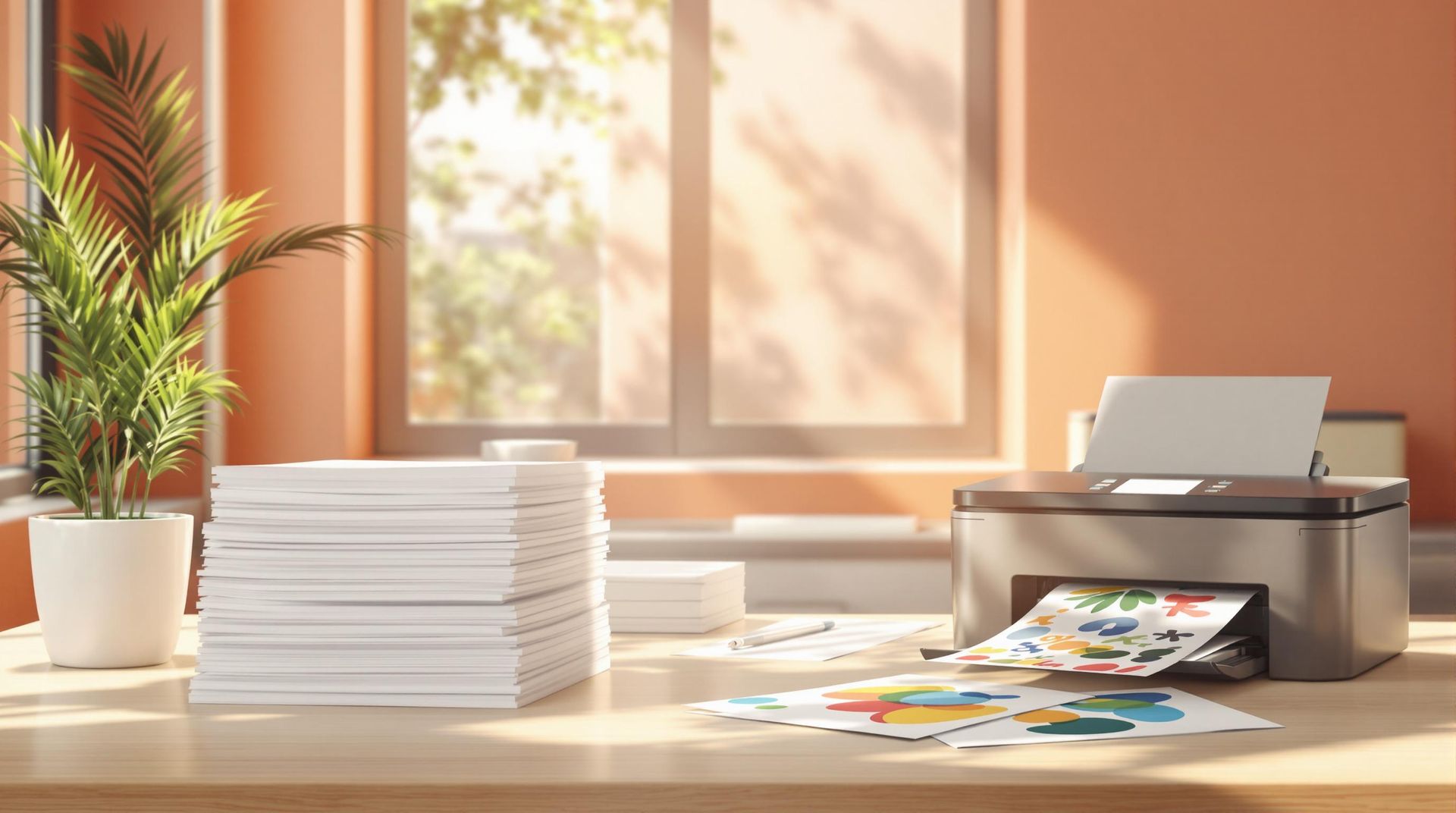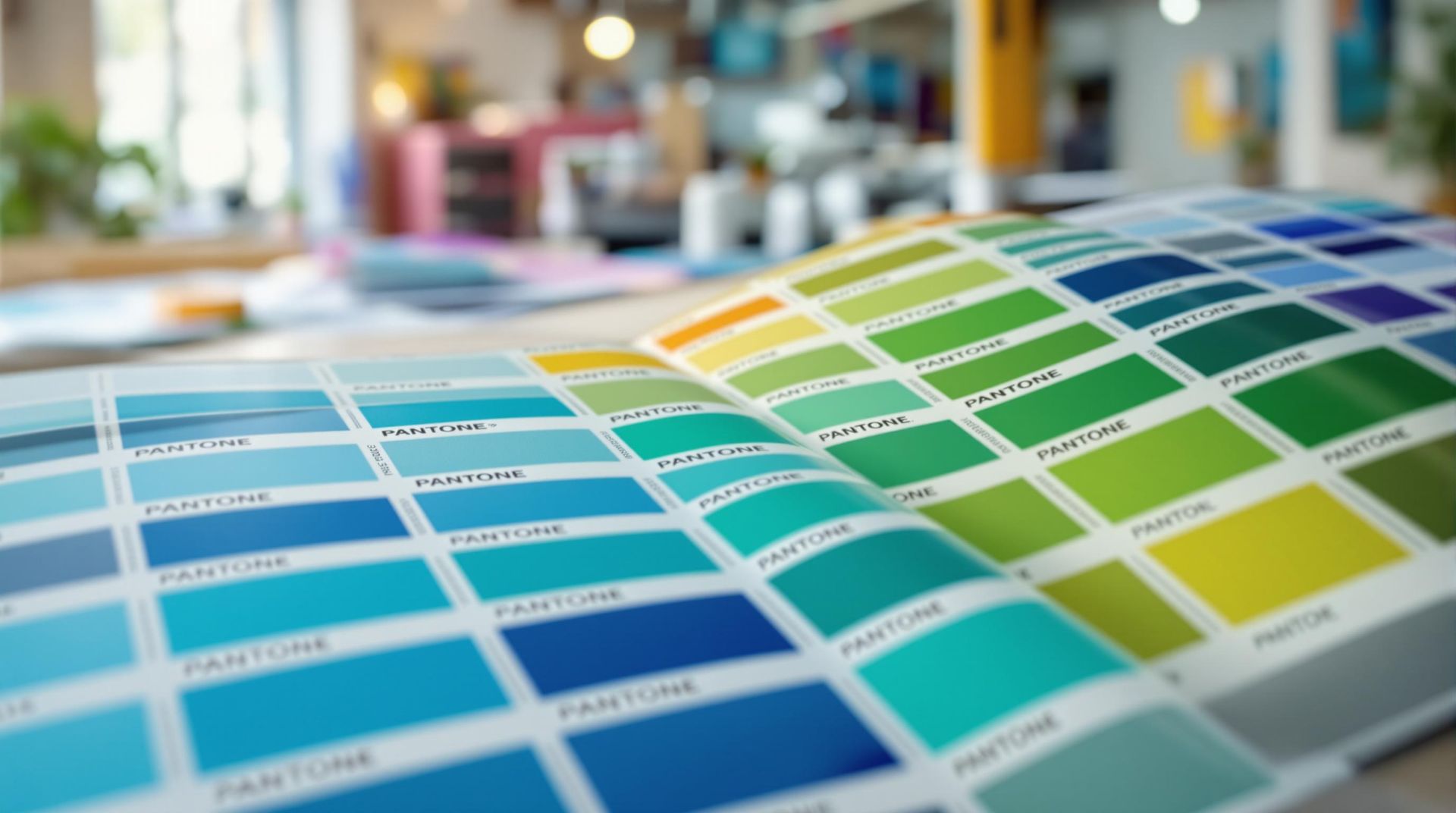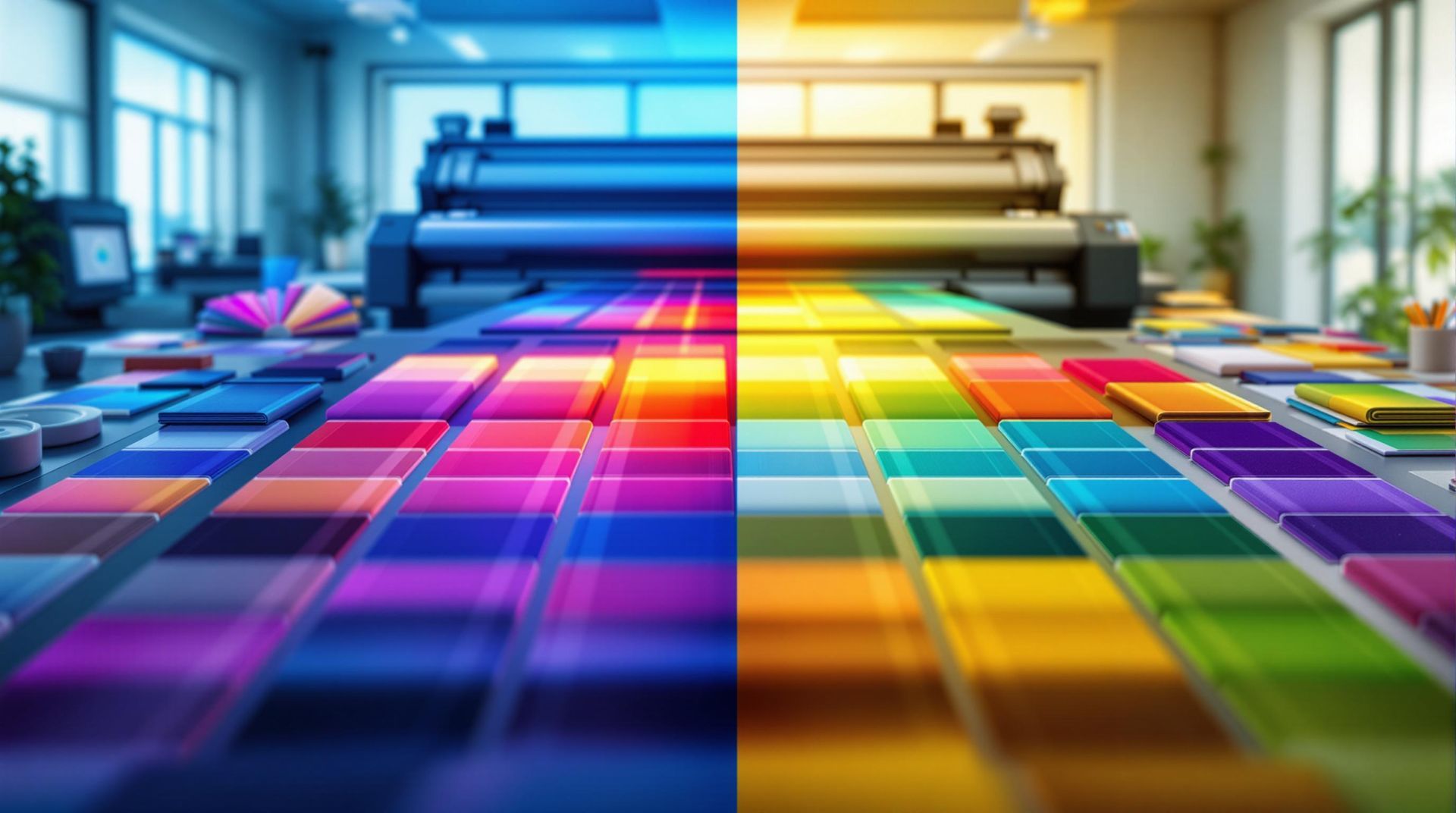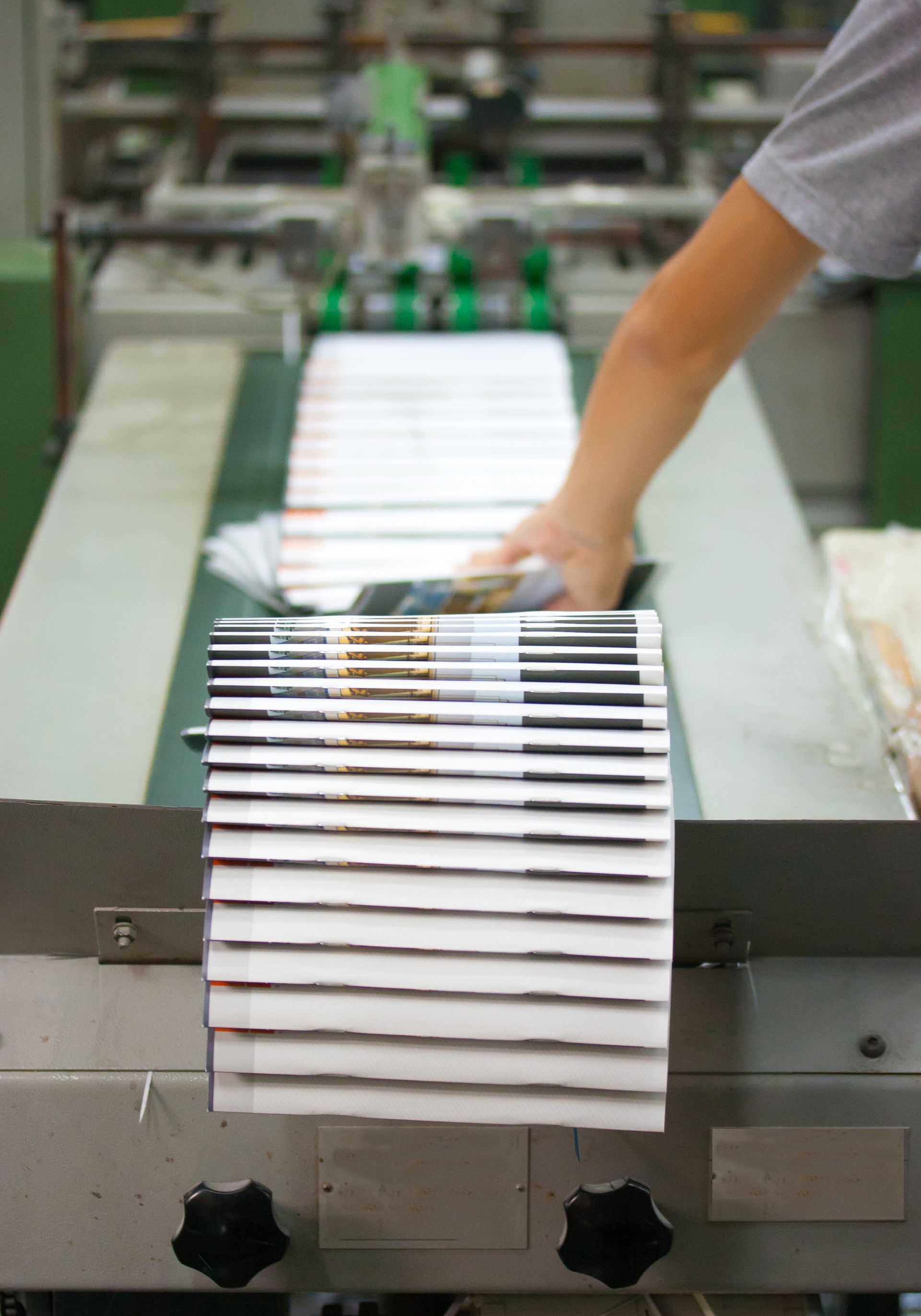How to Choose the Right Paper for Custom Prints
Choosing the right paper for your custom prints is essential for achieving the best results. Here’s a quick breakdown to help you decide:
- Coated vs. Uncoated Paper : Coated paper is smooth and enhances colors, great for photos and marketing materials. Uncoated paper has a natural texture, ideal for stationery and forms.
- Paper Finishes
:
- Matte : Non-reflective, good for text-heavy designs.
- Gloss : Reflective, perfect for vibrant images.
- Silk/Satin : A balanced, elegant look.
- Durability and Weight : Heavier paper (e.g., 100 lb. or 14 pt.) is better for durability, like business cards or outdoor materials.
- Specialty Options : Textured, metallic, or recycled papers add uniqueness to invitations or eco-friendly projects.
- Cost vs. Quality : Balance budget with quality by using premium paper for client-facing materials and cheaper options for internal use.
Quick Comparison of Paper Types and Uses
| Paper Type/Finish | Best For | Features |
|---|---|---|
| Coated | Photos, brochures, flyers | Bright colors, smooth surface |
| Uncoated | Stationery, forms, letterheads | Natural texture, writeable |
| Matte Finish | Text-heavy designs | Non-reflective, easy readability |
| Gloss Finish | Photo-rich designs | Reflective, enhances image vibrancy |
| Silk/Satin Finish | High-end materials | Soft sheen, balances readability |
| Recycled Paper | Eco-conscious projects | Sustainable, professional look |
How to Choose the Right Paper Coating: Matte, Gloss, High-Gloss
Overview of Paper Types and Finishes
Choosing the right paper involves more than just selecting its weight or thickness. Knowing the key differences between paper types and finishes can help ensure your prints look great and serve their purpose effectively.
Coated vs. Uncoated Paper: What’s the Difference?
Coated paper has a smooth layer, often made of clay or latex, that enhances ink retention and color brightness. This makes it perfect for sharp, vivid image reproduction. On the other hand, uncoated paper has a natural texture and is ideal for projects that need a writeable surface, like stationery or forms [3] . The coating on coated paper also prevents ink from soaking into the fibers, ensuring crisp results.
| Paper Type | Best For | Features |
|---|---|---|
| Coated | Photos, Magazines, Marketing materials | Smooth surface, Bright colors, Holds ink well |
| Uncoated | Letterheads, Business stationery, Forms | Natural texture, Writeable, Absorbs ink more |
Common Finishes: Matte, Gloss, Silk, and Satin
Paper finishes play a big role in how your project looks and feels.
- Matte finishes have a non-reflective surface, making them perfect for text-heavy designs where readability is key [3] .
- Gloss finishes are reflective and make colors and images stand out, ideal for photo-rich marketing pieces [1] .
- Silk and satin finishes offer a middle ground – they have a soft sheen that balances readability with an elegant appearance [3] . These are often chosen for high-end business materials.
Specialty Papers for Unique Needs
For projects that need a distinctive touch, specialty papers are a great choice. Options like textured papers (linen, ribbed), metallic papers (with shimmering effects), and recycled papers (eco-conscious choices) can make a big impression [3] [1] . These are especially suited for invitations, luxury packaging, or sustainable designs.
Selecting the right paper type and finish sets the stage for creating prints that stand out. Next, we’ll dive into how to match these options to your project goals.
How to Choose the Right Paper for Your Project
Now that we’ve gone over paper types and finishes, let’s dive into how to match them with your project’s goals.
Purpose and Function of the Project
The purpose of your print project should steer your paper choice. Different projects call for specific paper qualities to get the best results. For items like business cards that are frequently handled, you’ll need a sturdy, professional-looking paper. On the other hand, marketing materials with bold, colorful images work best with coated papers that make colors pop.
If your project is text-heavy, uncoated paper is a great option. Its natural texture makes it easier to write on and reduces eye strain for readers [1] .
Durability and Usage Conditions
Think about how long your project needs to last and the conditions it will face. For outdoor displays, papers that are UV-stable and water-resistant will hold up better over time [1] . If you’re creating mailing pieces, they need to meet postal regulations while staying intact during shipping [2] .
| Usage Scenario | Recommended Paper Type | Key Benefits |
|---|---|---|
| Outdoor Display | UV-stable, water-resistant | Protects against weather |
| Direct Mail | 70-80# Text weight | Meets mailing standards |
| Frequent Handling | Cover stock | Durable and professional |
Balancing Quality and Cost
Striking a balance between quality and budget takes some thought. For instance, using the right text-weight paper for brochures can give you a polished look without overspending [3] . Save premium paper for customer-facing materials, while internal documents can use more affordable options.
"Professional printers can offer expert advice on paper selection based on the project’s specific needs, provide samples of different paper types and finishes, and ensure that the chosen paper meets all necessary standards and regulations for the intended use." [context]
If sustainability is part of your brand’s message, FSC-certified or recycled paper is a solid choice [4] . While premium paper may cost more upfront, its durability often means fewer reprints, saving money in the long run [3] . Print shops like Miro Printing & Graphics Inc. can help you weigh these factors and recommend the best options for your needs and budget.
With these considerations in mind, let’s move on to the best paper choices for common print projects.
sbb-itb-ce53437
Best Paper Choices for Common Print Projects
Business Cards and Office Stationery
For business cards, 120-pound (14-point) Gloss or Uncoated Cover is a reliable pick for a polished and sturdy finish [3] . If you need something for note-taking, uncoated finishes are ideal – they’re easy to write on and still look professional. For letterheads and internal memos, go with 50-100# Text Paper . It strikes the right balance between style and usability [2] .
Brochures and Flyers for Marketing
For brochures and flyers, 80# or 100# Gloss Text is a smart choice. It ensures sharp, vibrant images and holds up well over time [3] . Gloss Text paper is perfect for rich, vivid colors, while satin finishes add a premium touch with less glare.
| Marketing Material | Recommended Paper | Benefits |
|---|---|---|
| Brochures | 80# Gloss Text | Excellent color clarity |
| Flyers | 100# Gloss Text | Better durability |
| Catalogs | 70# Satin Text | Premium finish, less glare |
Invitations and Posters for Events
Event materials need to make an impression and last. For invitations, 100# Uncoated Cover stock offers a refined, tactile feel [3] . Its natural texture adds a touch of sophistication and holds up well during mailing.
Posters require both durability and eye-catching visuals. 120-pound (14-point) Gloss Cover provides vivid colors that pop [3] . For outdoor posters, UV-resistant paper is a must to guard against weather and fading.
Miro Printing & Graphics Inc. also offers finishing options like UV coating and foil stamping to elevate your designs [3] . These paper choices combine quality and practicality, ensuring your projects stand out without breaking the bank.
Now that we’ve covered these essentials, let’s dive into more ways to perfect your paper selection.
Tips for Selecting the Best Paper
Eco-Friendly Paper Options
Choosing eco-friendly paper, such as 100% recycled options or materials like bamboo and sugarcane, helps reduce the impact on the environment while maintaining excellent print quality. Carbon-balanced paper is another option, as it offsets the environmental costs of printing and provides a way to align with sustainability goals [3] .
Using Advanced Printing Techniques
Advanced printing methods can elevate the final result. Techniques like LED UV printing create sharper images and bold colors by instantly curing the ink, making them ideal for glossy or matte finishes. For other needs, digital printing offers quick and cost-efficient results on coated or uncoated papers, while offset printing is well-suited for premium stocks and larger print runs [3] .
| Printing Technique | Best Paper Types | Key Benefits |
|---|---|---|
| LED UV Printing | Gloss, Matte | Instant ink curing, vibrant visuals |
| Digital Printing | Coated, Uncoated | Quick production, budget-friendly |
| Offset Printing | Premium stocks | High-quality, ideal for bulk orders |
Getting Help from Professional Printers
Teaming up with professional printers, like Miro Printing & Graphics Inc., can make all the difference in choosing the right paper for your project [3] . They can provide physical samples, helping you evaluate the paper’s weight, texture, and finish to ensure it matches your vision. Additionally, they can guide you in selecting paper that meets postal requirements or handles outdoor conditions effectively.
When consulting with a printer, discuss your project’s timeline, budget, intended use, and durability needs. Their expertise can help you make informed choices that deliver quality results while meeting practical and industry standards [3] .
Conclusion: Final Thoughts on Paper Selection
Picking the right paper is key to achieving the quality, durability, and look you want for your prints. Whether you go for coated or uncoated paper, or finishes like matte or gloss, each choice plays a role in delivering the results you’re aiming for.
Paper weight matters too. For instance, 120# Gloss Cover gives business cards a sturdy, high-end feel, while 70# Uncoated Text is better suited for everyday marketing materials [1] . The finish you select also impacts how your prints look and function, with each option tailored to specific uses [2] .
If you’re considering eco-friendly options, materials like FSC-certified or recycled paper offer a responsible choice without sacrificing quality. Pairing sustainable materials with guidance from seasoned printers can simplify the decision-making process.
Teaming up with experienced professionals, like Miro Printing & Graphics Inc., ensures you make informed decisions about paper that fit your goals, budget, and environmental considerations [3] .
Choosing the right paper is about finding the balance between technical specs and practical needs. With a clear understanding of these factors, you can confidently create prints that stand out and align with your project’s goals.

